Identity
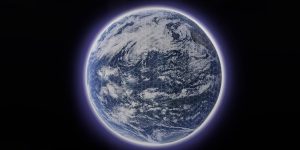
ECODERMIS
Alejandra Marinaro (AR)
Ecodermis is an artwork that alludes to the skin as an organ connecting the human being with his environment, as it reflects the life, memory and sensations of each individual. At the same time, the skin is also what gives man part of his identity as a species and therefore allows him to coexist and differentiate himself from others.
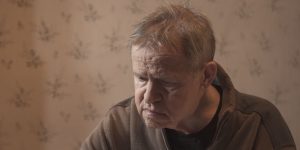
Surprise Me
Simon Mück (AT)
What if our entire life were being directed? What would happen after 4040 weeks? Would we still have our own thoughts, our own will?
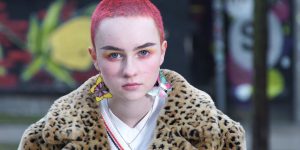
Kunst und Überleben
Zoe Borzi, Johannes Fischer, Nicolas Glockner-Losch, Nikolaus Heckel, Jonathan Steininger, Raphael Wohlgemuth (AT)
The documentary film Kunst & Überleben (“Art and Survival”) portrays four people who have made art the primary focus of their lives.

ERROR_351
Katharina Maunz (AT)
ERROR_351 is a metaphor for how hard it is to stand out, to look “different”. This experimental short film shows four people facing that exact conflict, starting to fight back.
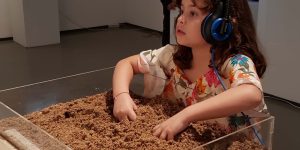
SandBox – Grains in Memory
Adriana Moreno (BR)
Sandbox is an interactive art installation that proposes continuous reflections on the human relationship between the sea and its identity paths. The installation consists of a corpus of sound memories based on the experiences of people who narrate their relationships of belonging with the sea. Memories – both “soundscapes”, a concept adapted from Schafer referring to sounds in the marine environment, and oral narratives recorded during fieldwork – are then revealed by moving wet sand in an instrumented box.
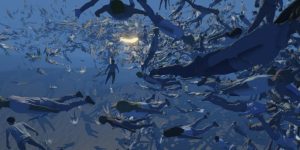
Emergence
Universal Everything (GB)
Emergence is an open-world environment and crowd performance. The virtual reality installation expresses the primal human desire to maintain individual identity while being part of a crowd. As the user navigates a crowd of thousands, shafts of light beckon them closer. As they touch the light, the environment responds in real time, continually challenging the user's perception. In this installation, Universal Everything experiments with software-based improvisation and custom-coded crowd simulations.
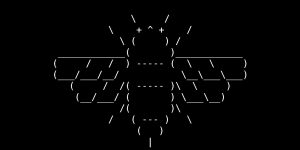
Nothing wild in particular
Jeremie Nuel (FR)
Consciousness, memory, reality and identity are regular themes in Philip K. Dick’s books. These concepts have fed into AI research since the seventies. This work uses Andrej Karpathy’s neural network, known as “recurrent,” to train a computer program, using as source a text or a corpus. Once trained, the code writes, character by character, a new text. The corpus that feeds the neuronal network shortens Philip K. Dick’s work (52 books). As a mirrored entity, strange and undisciplined, the computer program tries to write, at every iteration, step by step, an often-absurd story, and sometimes, a poetic one.


